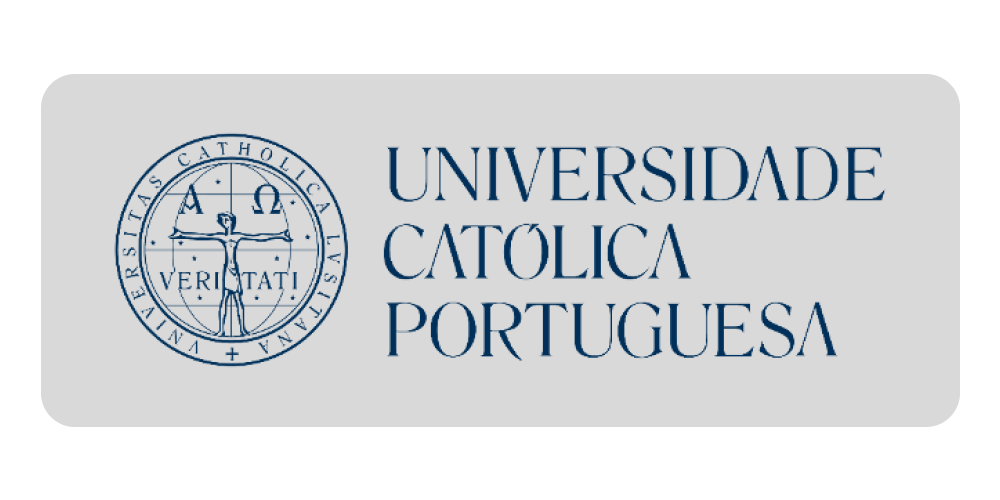Department of Archaeology, Faculty of Humanities and Social Sciences
MONASTERIUM DE S. PETRI IN MONTE ZLAT
2011
Pavlinski samostan sv. Petra na Zlatu (Petrova gora)
osnovao je 1303. ili 1304. g. otac Gerdas (Gerardo, Grdoš).
Samostanski sklop stradao je prvi put u vrijeme osmanlijskih
napada oko 1451. g., a redovnici su se sklonili u sigurnije
Kamensko. Pavlini su se na Zlat vratili oko 1495. g.,
no samostan je zbog sve učestalijih osmanlijskih prodora
zauvijek napušten između 1545. i 1558. g. Nakon što su
pavlini posjed napustili, zidovi srušene lađe iskorišteni su
kao osnova na kojoj je podignut čardak, dok je na temeljima
zidova svetišta izgrađen drveni trijem. Početkom 19.
st. na temeljima svetišta crkve podignut je pravoslavni
hram Silaska Sv. Duha s pravokutnim zvonikom uz istočni
dio južnoga pročelja. Zlatski je samostan za sada jedini u
cijelosti istražen (1987–1988, 2006–2007) kasnosrednjovjekovni
pavlinski samostan na onodobnome slavonskom
prostoru.Th e Pauline Monastery of St. Peter on Zlat (Petrova gora)
was established in 1303 or 1304 by Father Gerdas (Gerardo,
Grdoš). Th e monastery complex sustained damage
the first time during Ottoman raids in roughly 1451, and
its monks sought refuge in the safer location of Kamensko.
Th e Pauline monks returned to Zlat at around 1495,
but due to increasingly frequent Ottoman incursions, the
monastery was permanently abandoned between 1545
and 1558. After the Paulines abandoned the estate, the
walls of the collapsed nave were used as the foundation
upon which a watchtower (chardak) was constructed,
while a wooden portico was raised on the foundations of
the chancel walls. At the beginning of the nineteenth century,
the Orthodox Temple of the Descent of the Holy Spirit
was erected on the foundations of the church\u27s chancel. It
had a rectangular bell-tower along the eastern section of
the southern façade. The Zlat monastery is, for now, the
only entirely researched (1987-1988, 2006-2007) late medieval
Pauline monastery in the territory of contemporary
Slavonia
Department of Archaeology, Faculty of Humanities and Social Sciences
MONASTERIUM DE S. PETRI IN MONTE ZLAT
Pavlinski samostan sv. Petra na Zlatu (Petrova gora)
osnovao je 1303. ili 1304. g. otac Gerdas (Gerardo, Grdoš).
Samostanski sklop stradao je prvi put u vrijeme osmanlijskih
napada oko 1451. g., a redovnici su se sklonili u sigurnije
Kamensko. Pavlini su se na Zlat vratili oko 1495. g.,
no samostan je zbog sve učestalijih osmanlijskih prodora
zauvijek napušten između 1545. i 1558. g. Nakon što su
pavlini posjed napustili, zidovi srušene lađe iskorišteni su
kao osnova na kojoj je podignut čardak,...
Preuzmite dokument
2011
 Tajana Pleše
Tajana Pleše
Department of Archaeology, Faculty of Humanities and Social Sciences
MONASTERIUM DE S. PETRI IN MONTE ZLAT
Pavlinski samostan sv. Petra na Zlatu (Petrova gora)
osnovao je 1303. ili 1304. g. otac Gerdas (Gerardo, Grdoš).
Samostanski sklop stradao je prvi put u vrijeme osmanlijskih
napada oko 1451. g., a redovnici su se sklonili u sigurnije
Kamensko. Pavlini su se na Zlat vratili oko 1495. g.,
no samostan je zbog sve učestalijih osmanlijskih prodora
zauvijek napušten između 1545. i 1558. g. Nakon što su
pavlini posjed napustili, zidovi srušene lađe iskorišteni su
kao osnova na kojoj je podignut čardak,...
Preuzmite dokument
Croatian
2011
 Tajana Pleše
Tajana Pleše






